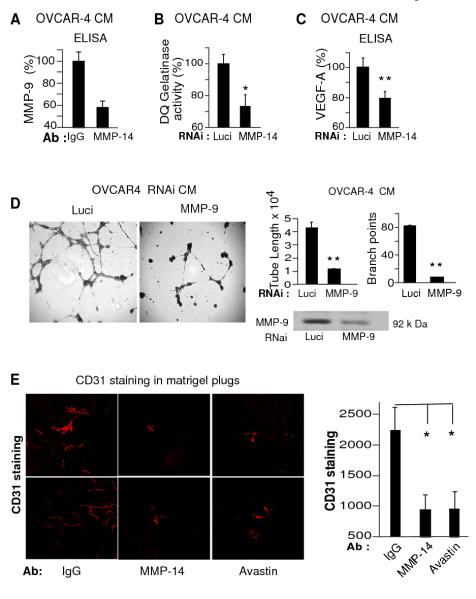Figure 4. MMP-14 regulates ovarian cancer angiogenesis through MMP-9 and VEGF pathways.
A. OVCAR-4 cells were treated with MMP-14 Ab or MMP-14 RNAi along with respective controls. Serum starved CM was collected to assess levels of MMP-9 by ELISA (A), gelatin cleavage activity using DQ gelatinase assay (B) and VEGF by ELISA (C) D. OVCAR-4 cells were treated with either MMP-9 or luciferase RNAi and CM was used to stimulate endothelial tube formation. Results were quantified as tube length and branch points. * P<0.05, * * P<0.005 E. Matrigel plugs of 300 μl were injected into the flanks of female NCR nu/nu mice subcutaneously (s/c). The plugs consisted of equal volumes of OVCAR-4 CM and matrigel along with HUVECs. On day 2 mice were treated with either MMP-14 (n=8) or corresponding IgG antibody (n=8) or Avastin (n=7) in a dose of 2.5 mg/kg, i.p. twice a week for 7 days. At the end of 7 days, mice were euthanized and the matrigel plugs were excised, fixed and stained for CD31. Figure shows CD31 stained microscopic sections of matrigel plugs and quantification of CD31 counts from the three treatment groups. Columns mean, bars SE; * P<0.05, * * P<0.005.

